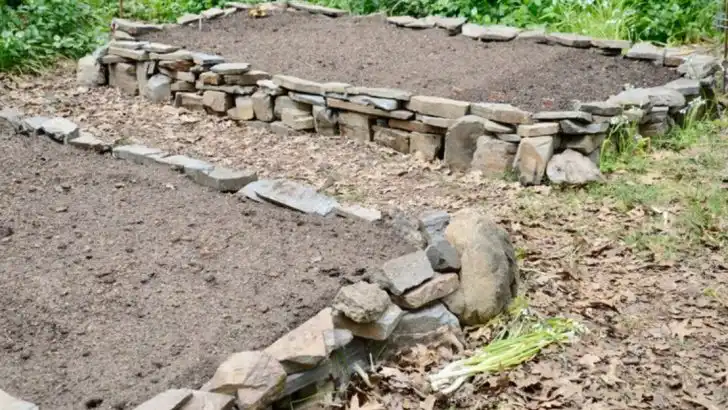If you’ve noticed more snakes slithering into your backyard, you might be unknowingly creating the perfect environment for them. Certain common landscaping mistakes—like leaving tall grass untrimmed, piling up wood near your home, or overwatering your lawn—can make your yard an ideal hiding spot for these reptiles.
Snakes are attracted to food sources, shelter, and warmth, so everything from bird feeders that attract rodents to cluttered garden beds can invite them in. Even decorative rock piles and thick mulch layers might be giving them the perfect place to hide.
Avoid these 15 simple mistakes to make your backyard less snake-friendly while still keeping it lush, beautiful, and pest-free!
Overgrown Grass and Weeds
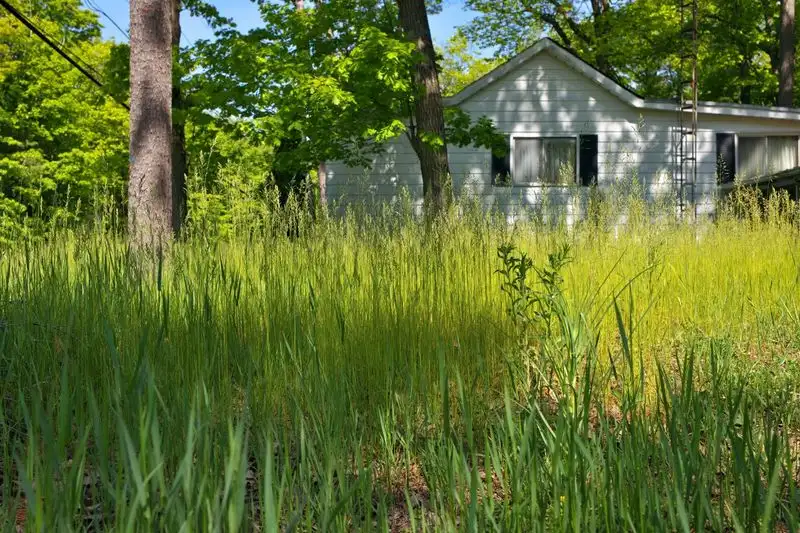
Unkempt lawns with tall grass and weeds provide excellent hiding spots for snakes. These reptiles can easily camouflage within dense vegetation, making it their favorite hideout. Regular mowing and weed removal discourage them by disrupting their habitat. Two separate paragraphs can emphasize routine yard maintenance and its significance. Be aware that even a small patch of overgrown grass can invite these unwelcome guests. Keeping the grass short is a simple yet effective way to make your yard less appealing to slithering intruders.
Piles of Leaves and Debris
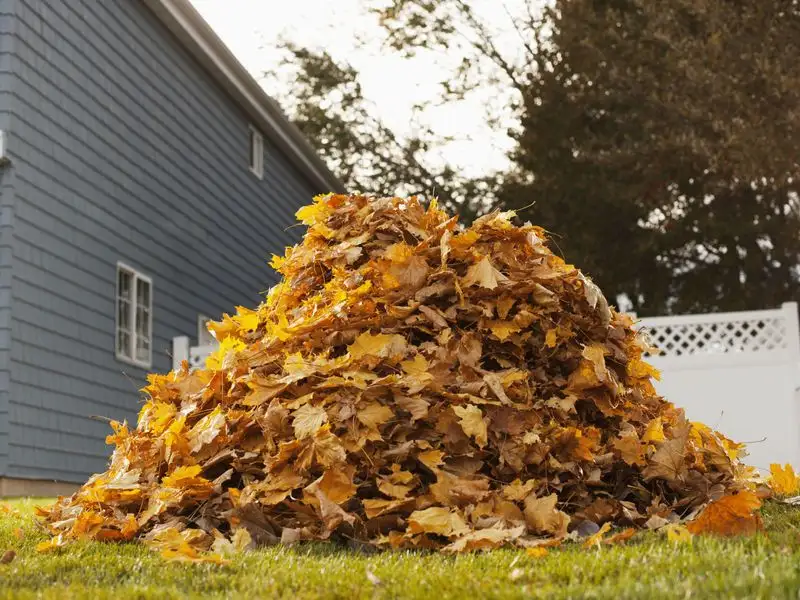
Garden debris like leaves and fallen branches can attract snakes looking for shelter. These piles offer a perfect cover for snakes to hide from predators and extreme weather conditions. Raking leaves regularly and clearing debris minimizes potential snake shelters. By maintaining a tidy yard, you reduce the likelihood of hosting these sneaky reptiles. Consider composting or regularly disposing of organic waste to maintain a clean environment.
Rodent Infestations
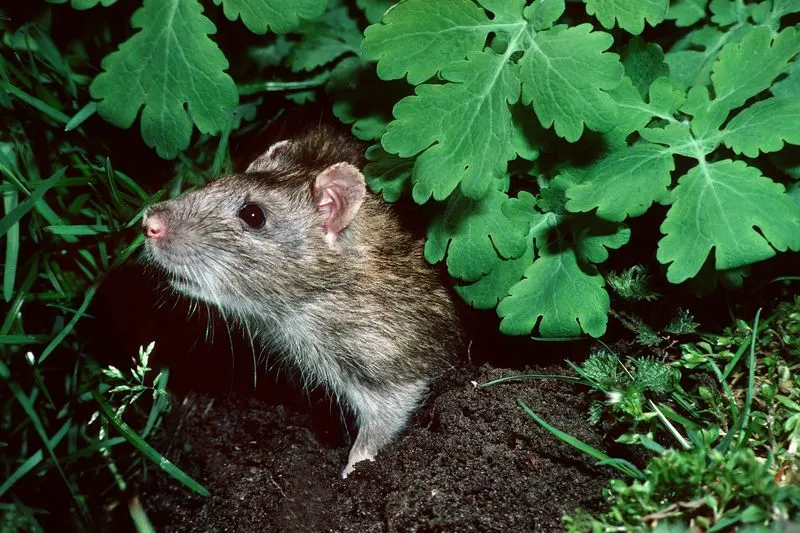
Rodents are a primary food source for many snake species. If your yard becomes a haven for mice or rats, expect snakes to follow. Sealing food sources and securing bins can deter rodents, indirectly keeping snakes away. Regularly check for signs of rodent activity, such as droppings or gnaw marks. Addressing a rodent problem promptly is crucial in preventing snakes from viewing your yard as a potential hunting ground.
Water Sources
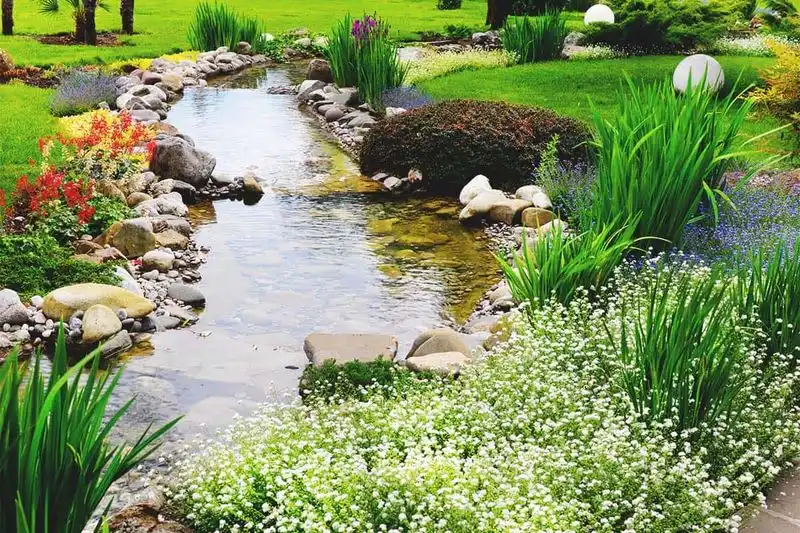
Snakes are drawn to water for hydration and prey. Ponds, birdbaths, and even pet water dishes can attract them. Regularly changing water in birdbaths and removing standing water helps. Ensure ponds are well-maintained and not easily accessible to snakes. While a water feature may beautify your yard, it’s essential to manage it properly to avoid unwanted visitors. Strategically placing water sources away from dense vegetation can also be effective.
Rock Piles and Wood Stacks
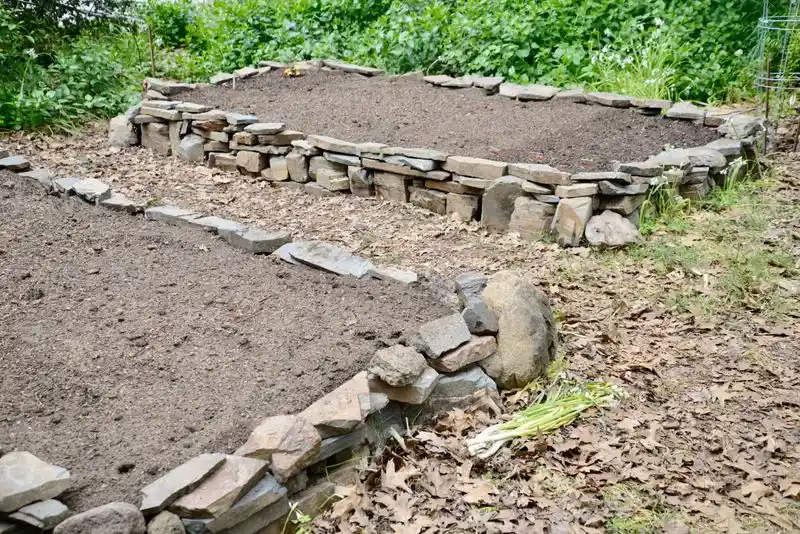
Rock piles and stacked wood offer ideal conditions for snakes to hide and breed. These structures provide warmth and protection, making them attractive to snakes seeking shelter. Properly storing firewood and maintaining tidy rock arrangements can deter them. It’s advisable to elevate woodpiles and keep them away from the house. By eliminating these snake-friendly zones, you can significantly reduce the chances of a surprise encounter.
Dense Shrubbery

Thick, untrimmed shrubs can be a safe haven for snakes. They serve as both shelter and hunting grounds for the crafty reptiles. Pruning bushes and shrubs regularly can prevent them from becoming too dense. This not only enhances the aesthetic of your garden but also discourages snakes from settling in. Ensure that shrubs are well-maintained to keep your outdoor space inviting to you and less so to snakes.
Compost Bins
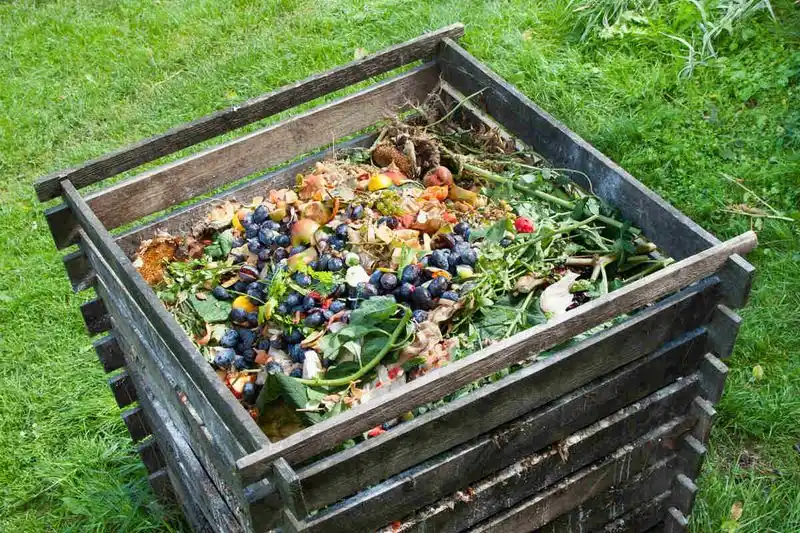
Improperly managed compost bins can attract both rodents and insects, which in turn attract snakes. Ensure compost bins are sealed and well-maintained to prevent this chain reaction. Regularly turning compost and keeping it tidy can minimize the attraction. Avoid placing food scraps directly on the ground, which could invite unwanted guests. By managing your compost effectively, you help in keeping snakes at bay.
Pet Food Left Outside
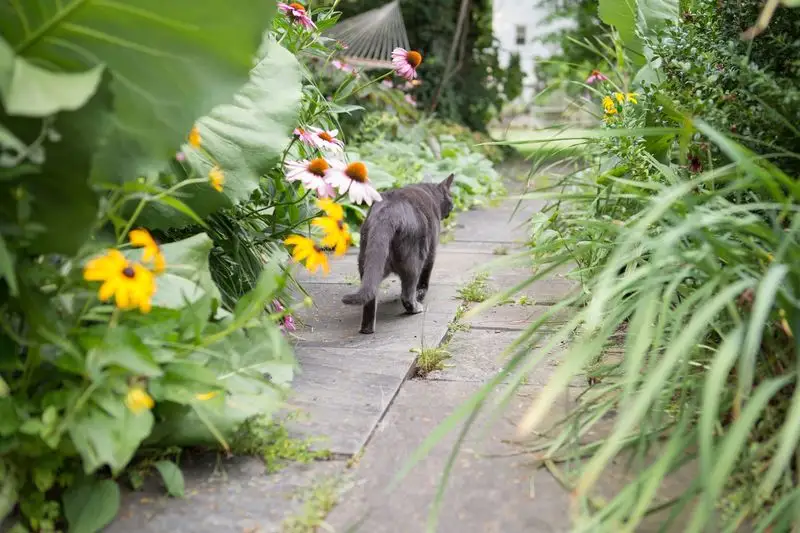
Leaving pet food outside can attract rodents and insects, which, in turn, attracts snakes. It’s advisable to bring pet food bowls inside after feeding time. Keeping the area clean and free of spilled food deters potential prey. Additionally, storing pet food in sealed containers can help reduce the risk of attracting wildlife. This simple act can prevent creating a food chain that ends with snakes in your yard.
Unsealed Holes and Crevices
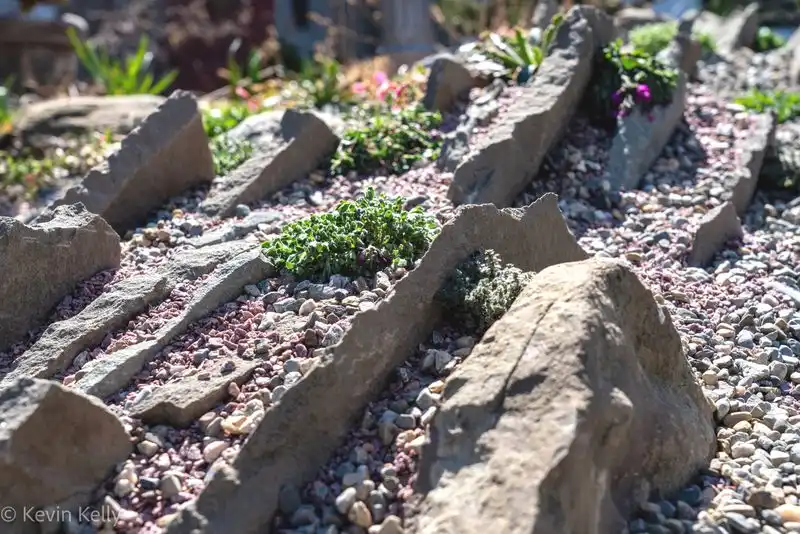
Holes and crevices in garden structures provide entry points for snakes to explore your yard. Regularly inspecting and sealing potential entryways can prevent them from finding a way in. Be mindful of gaps in fences, sheds, and foundations. Sealing these areas reduces the chance of snakes making a home in your outdoor space. This proactive approach can help maintain a snake-free environment.
Improperly Stored Trash
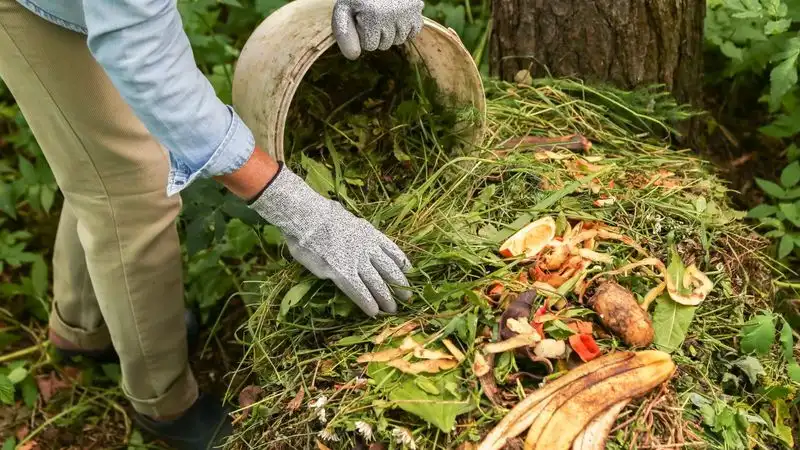
Open or improperly stored trash attracts rodents and insects, paving the way for snakes. Securing trash in sealed bins and ensuring regular pickup can minimize this risk. A clean and organized waste disposal routine is key. Avoid leaving garbage bags outside for extended periods, especially overnight. By maintaining proper trash storage, you reduce the food supply for potential snake prey.
Untidy Garden Features

Neglected garden features like fountains or statues can become snake hideaways. Snakes enjoy the cover and potential prey these areas might attract. Regular maintenance and cleaning of garden features can discourage snakes. Keeping these elements tidy ensures they don’t become a liability. Incorporate regular checks into your gardening routine to deter slithering visitors.
Overuse of Mulch
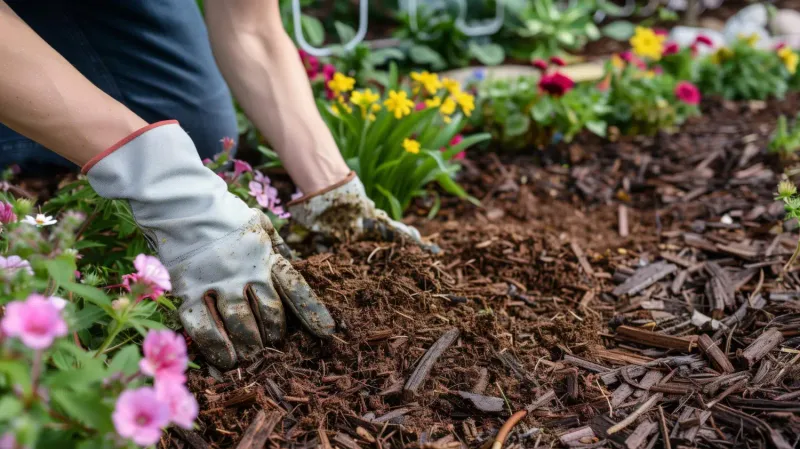
While mulch benefits plants, too much can create a haven for snakes. Excessive mulch provides cover and maintains moisture, drawing snakes. Apply mulch sparingly and maintain a thin layer to avoid creating a snake-friendly environment. Regularly check and refresh mulch to ensure it remains beneficial without inviting snakes. This balance keeps your garden both thriving and safe.
Bird Feeders
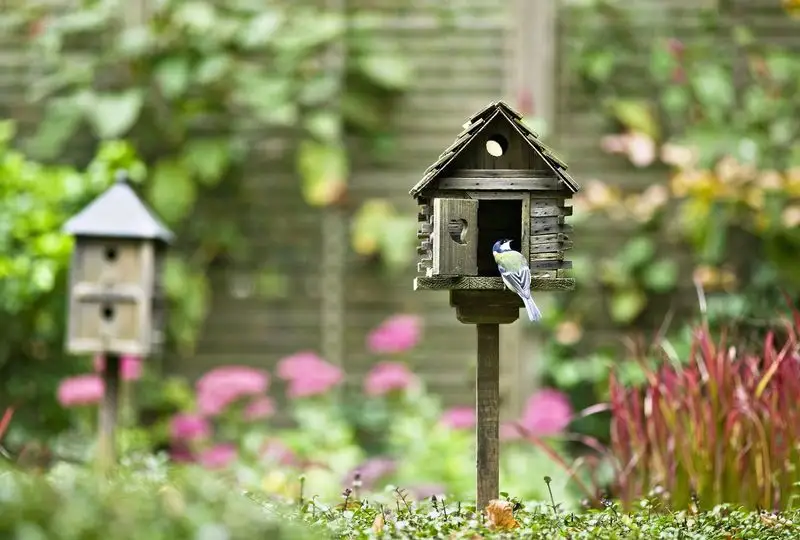
Bird feeders can attract more than just feathered friends. The fallen seeds attract rodents, luring snakes. Placing feeders away from dense vegetation and regularly cleaning beneath them helps. Consider baffles or other deterrents to keep snakes at bay. By managing bird feeders wisely, you can enjoy birdwatching without the unwanted reptilian guests.
Neglected Garden Paths
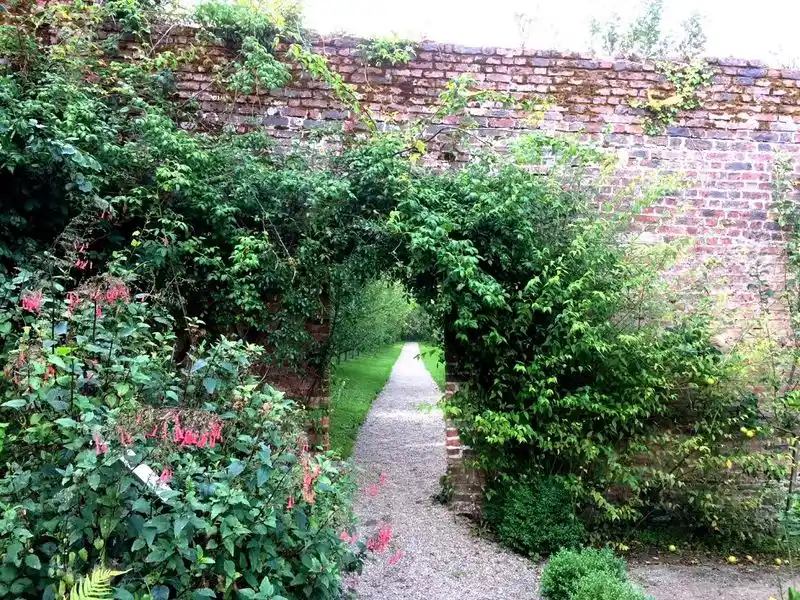
Garden paths left unmaintained can become snake pathways. Loose stones and weeds create ideal slithering tracks. Regularly tending to paths by fixing stones and removing weeds deters snakes. Keeping paths clear and well-defined helps in maintaining a snake-free garden. By ensuring garden paths are in top shape, you lessen the appeal for snakes to wander through.
Improperly Sealed Garden Structures

Garden structures with gaps or weak seals invite snakes seeking shelter. Ensuring sheds and greenhouses are well-sealed prevents entry. Regularly inspecting and repairing structures maintains their integrity. By addressing these potential entry points, you reduce the risk of snakes making a home in your backyard. This vigilance keeps your garden structures protected and snake-free.

